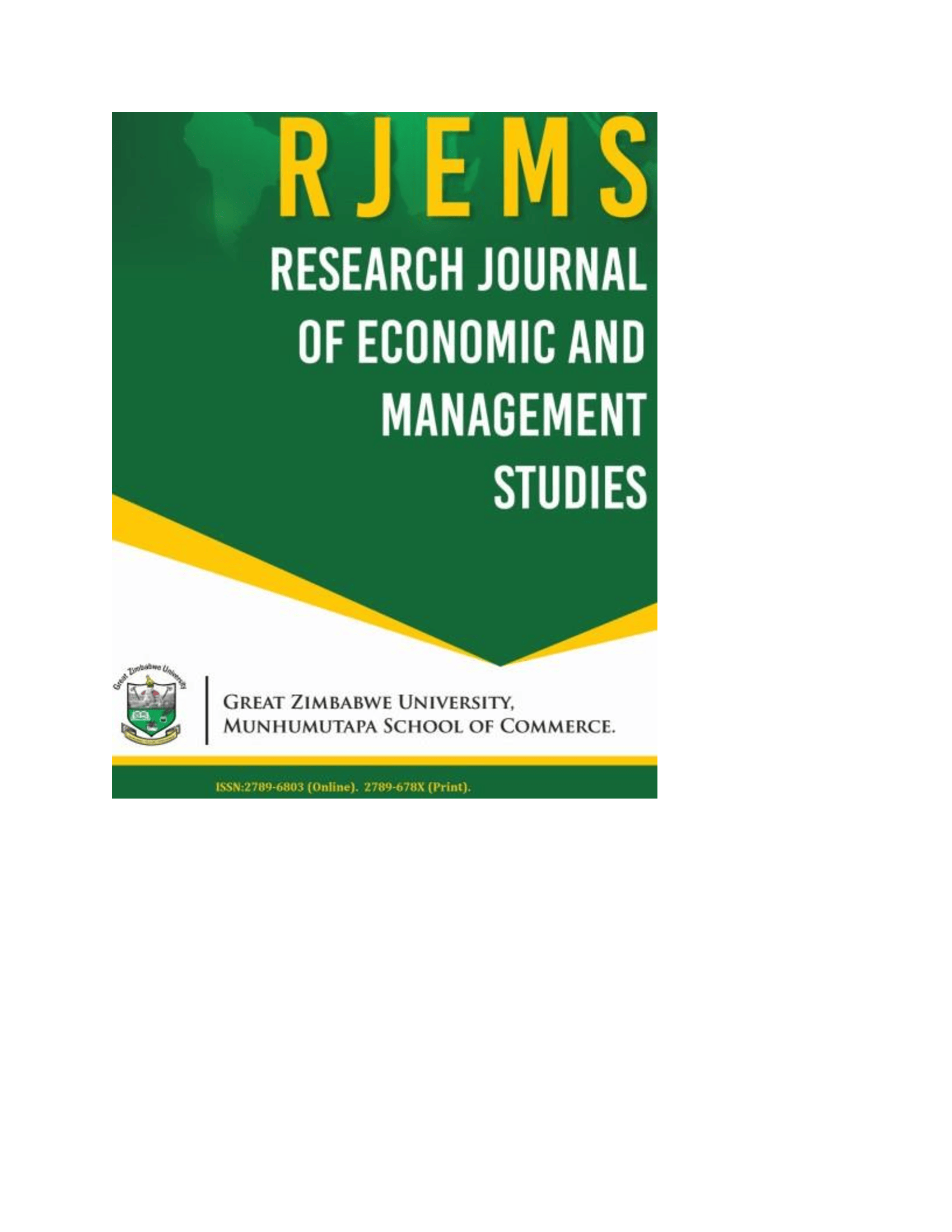Indirect Taxes and Economic Growth in Zimbabwe. An ARDL Analysis
Keywords:
Auto-regressive distributed lag model., Cointegration, Economic growth, Indirect taxesAbstract
The study examined the impact of indirect taxes on economic growth in Zimbabwe for the period 1990-2018.The emergence and growth of the informal sector in Zimbabwe has seen tax authorities respondingby realigning tax systems to the informal economy. This resulted in indirect taxes increasing relative to traditional direct taxes. Nonetheless, no empirical attempt has been made to separate the effects of these tax heads. Accordingly, we disaggregate and compare the effects of indirect and direct taxes on economic growth in Zimbabwe. Applying the Auto-Regressive Distributed Lag (ARDL) estimation technique on a time series model derived from Engen and Skinner (1996) shows that direct and indirect taxes have significantly negative economic growth effects. Also, we find no significant impact difference between the two tax heads. Furthermore, ARDL Bound Tests confirmed the existence of cointegration between both tax heads and economic growth. The findings suggest that the tax being levied by the government is mainly distortionary. They discourage capital and labour productivity. Accordingly, we recommend that authorities lower the tax rates. This should be complemented by broadening the tax base and policy measures to promote tax compliance and efficiency


